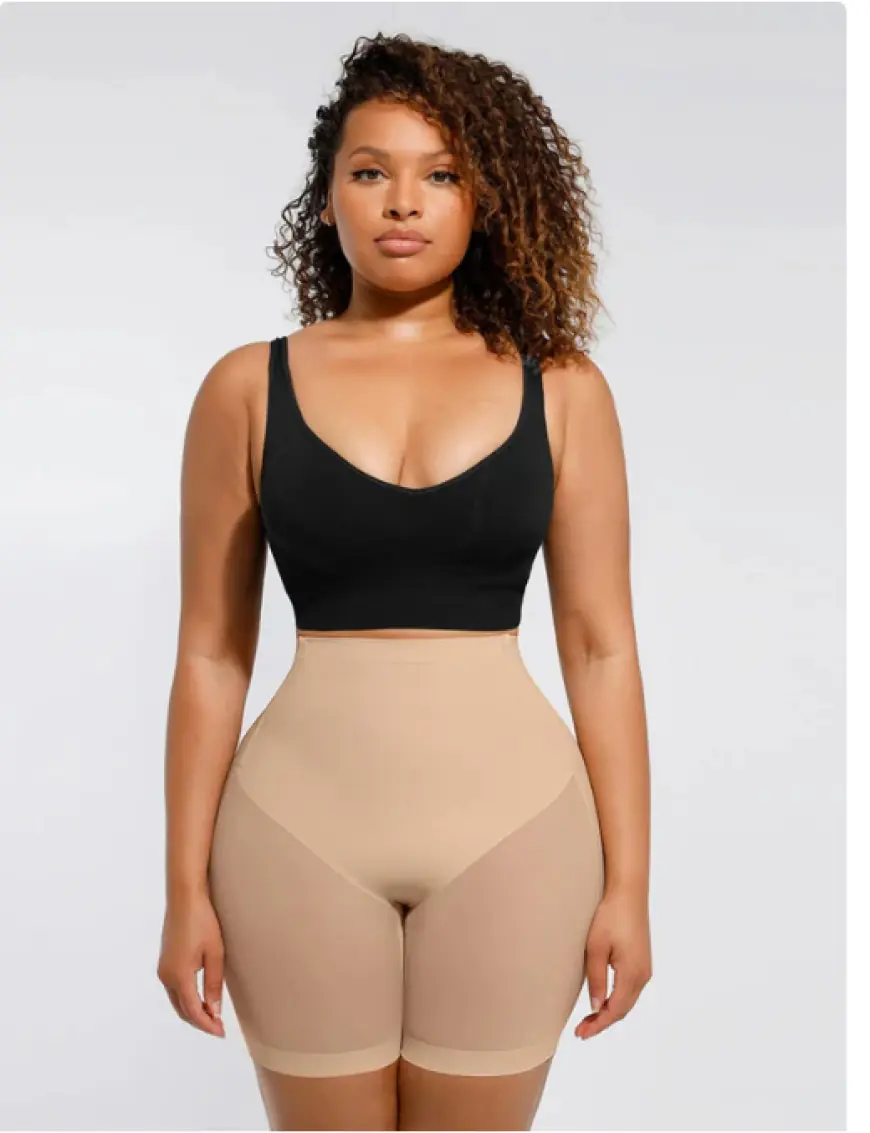The Ultimate Guide to Choosing the Right Waist Trainers
The Ultimate Guide to Choosing the Right Waist Trainers

Introduction:
Waist trainers have gained immense popularity in recent years as a fashion accessory and a tool in fitness regimens. These compression garments are designed to shape the waist and abdomen for a more defined and slimmer silhouette. While some people use waist trainers to achieve temporary slimming effects for special occasions, others incorporate them into their daily routines in an effort to achieve long-term waist training goals. In this article, we will delve into the world of waist trainers to explore their uses, benefits, risks, and how to use them effectively.
History of Waist Trainers:
waist trainershave actually been around for centuries, with corsets serving a similar purpose in the past. Corsets were worn from the 16th to the early 20th century to cinch the waist and create an hourglass figure. While corsets were made of rigid materials like whalebone and metal, modern waist trainers are typically made of latex, neoprene, or other stretchy materials that provide more flexibility and comfort.
Uses of Waist Trainers:
1. Slimming: One of the primary purposes of waist trainers is to create a slimmer waistline by compressing the abdomen and promoting sweating. This can give the appearance of a smaller waist when worn under clothing.
2. Posture support: Waist trainers can also provide support to the back and abdomen, promoting better posture by reducing slouching and back pain.
3. Workout enhancement: Some individuals use waist trainers during workouts to increase perspiration and potentially enhance calorie burning. The compression can also help engage the core muscles during exercises.
Benefits of Waist Trainers:
1. Instant slimming effect: Waist trainers can provide an immediate slimming effect when worn under clothing, giving the appearance of a smaller waist.
2. Posture improvement: The support provided by waist trainers can help improve posture by aligning the spine and supporting the back muscles.
3. Motivation: Many individuals find that wearing a waist trainer can motivate them to maintain a healthy lifestyle by promoting a sense of discipline and routine.
Risks and Concerns:
While waist trainers can offer certain benefits, there are also risks associated with their prolonged or improper use. It is essential to consider the following before incorporating waist trainers into your routine:
1. Breathing difficulties: Waist trainers can restrictfajas breathing if worn too tightly or for extended periods. It is crucial to ensure that the waist trainer is not overly constricting.
2. Organ compression: Prolonged use of waist trainers may compress internal organs, potentially leading to gastrointestinal issues and discomfort.
3. Skin irritation: Wearing waist trainers for long durations can cause skin irritation, chafing, or even bruising. It is important to listen to your body and give your skin breaks from compression.
How to Use Waist Trainers Effectively:
1. Choose the right size: It is crucial to select a waist trainer that fits properly and does not cause discomfort or restrict breathing. Take accurate measurements to determine the correct size.
2. Gradually increase wear time: If you are new to waist training, start with short wear times and gradually increase the duration as your body adjusts.
3. Listen to your body: Pay attention to any signs of discomfort, breathing difficulties, or skin irritation while wearing a waist trainer. Take breaks when needed and prioritize your comfort.
Conclusion:
Waist trainers can be a valuable tool for achieving temporary slimming effects, improving posture, and enhancing workout routines. However, it is important to use them mindfully and understand the potential risks associated with their use. By selecting the right size, gradually increasing wear time, and listening to your body, you can effectively incorporate waist trainers into your routine while prioritizing your health and well-being.












